Everyday, from the moment we wake up until the moment we fall asleep, we are attached to our smartphones and computers.
Even when we are not working, we use our time reading the piled up books on our Kindle, find excuses to watch Netflix, play games, and so on. We are constantly using time to consume as much information as possible.
Until a few years ago, we could at least disconnect during air travel, but now Wi-Fi is available even in the sky. We can communicate with others anytime via Messenger or LINE, and even submit our work via data transfers.
As massive loads of information come flowing into our lives like a rough stream at full flood, we struggle to keep up with the flow and keep balance as we try to consume it all. We try hard to hold onto the information, but find it seeping through our fingers.
Then there are moments when we lose sight of ourselves.
We wonder where we are standing now and where our lives are headed.
We find that there is drastically less time to spend relaxing, for our own needs.
That is why, in a society where we find ourselves breathless from information overload, simply stopping for a moment can seem overwhelming.
Whether we are just walking, going to the bathroom, eating our meals, taking a bath, or in our beds, all the time we spend awake we surrender ourselves to the endless flow of information. At times, we even find it comforting.
Unwittingly we multitask and process numerous things at once. Although we may not remember what we ate the day before, this busy lifestyle gives us the sensation of being “alive” everyday.
Or that is what we have come to believe. So much so that we don’t realize how dangerous our current state can be.
Technology has certainly made our lives more convenient, but it has also made us constantly “updating” ourselves just to keep up. Falling behind on the latest technologies can make us “irrelevant” and we may lose trust or work. With a vague yet constant sense of anxiousness, we maintain a poker face while spending our days drowning in information.
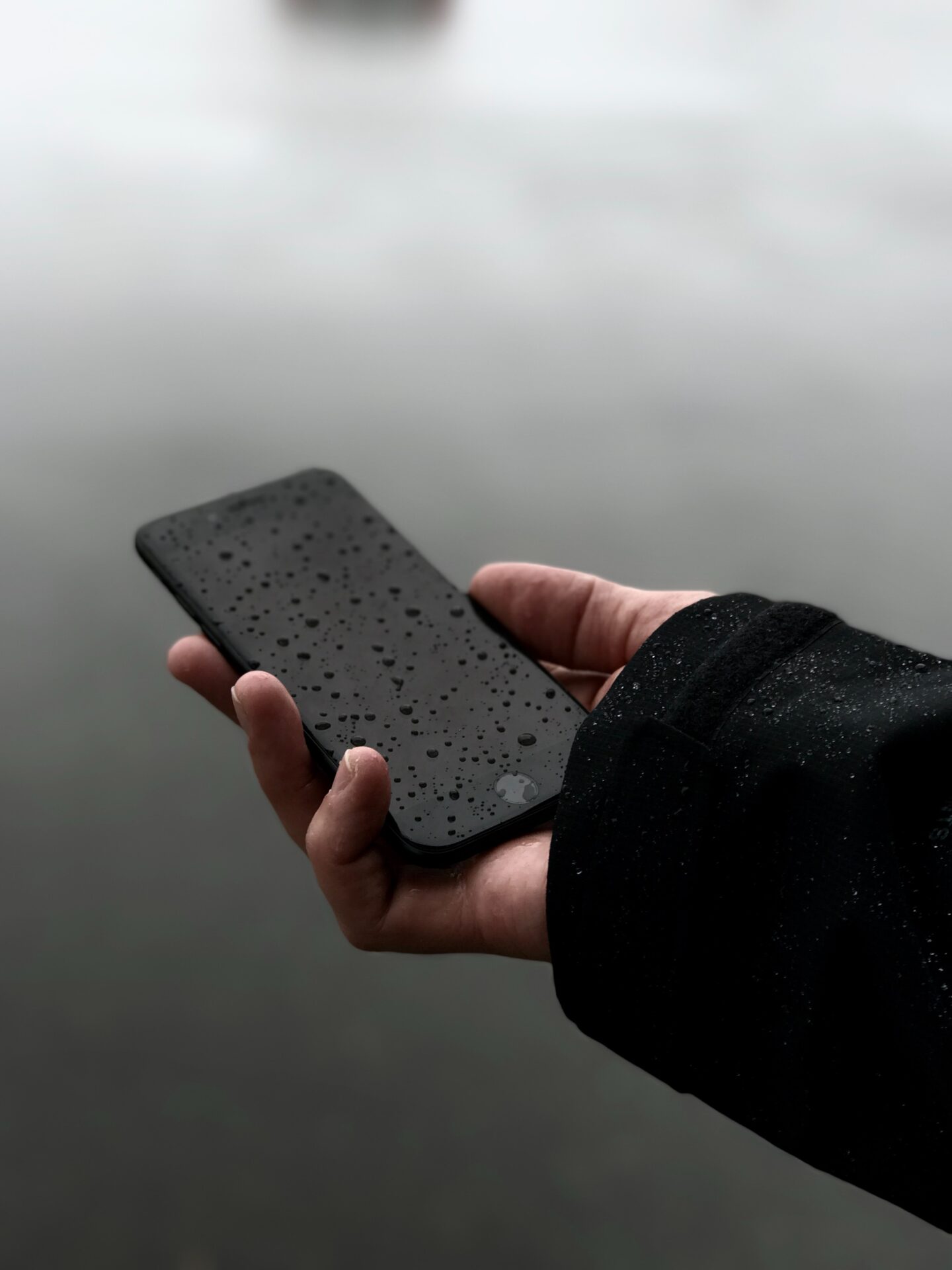
It was while I was drowning in information in such a way that I began to be involved with “Project Infinitea”, which runs DIG THE TEA.
I had always been interested in tea because I had worked on projects involving food and design. Before the coronavirus pandemic, when the project was just starting out, a few of us members flew to China to learn about the roots of tea.
During that trip I experienced a glimpse of tea life that was integrated in the rhythm of everyday life, unlike the tea scene in Japan.
Take the office of a company president, for example. There was a tea table in the center of the room with a built-in system that allows you to supply water and boil tea at the touch of a button. The president himself brewed a cup of his favorite pu’erh tea for us while we chatted over the cup of tea and a cigarette.
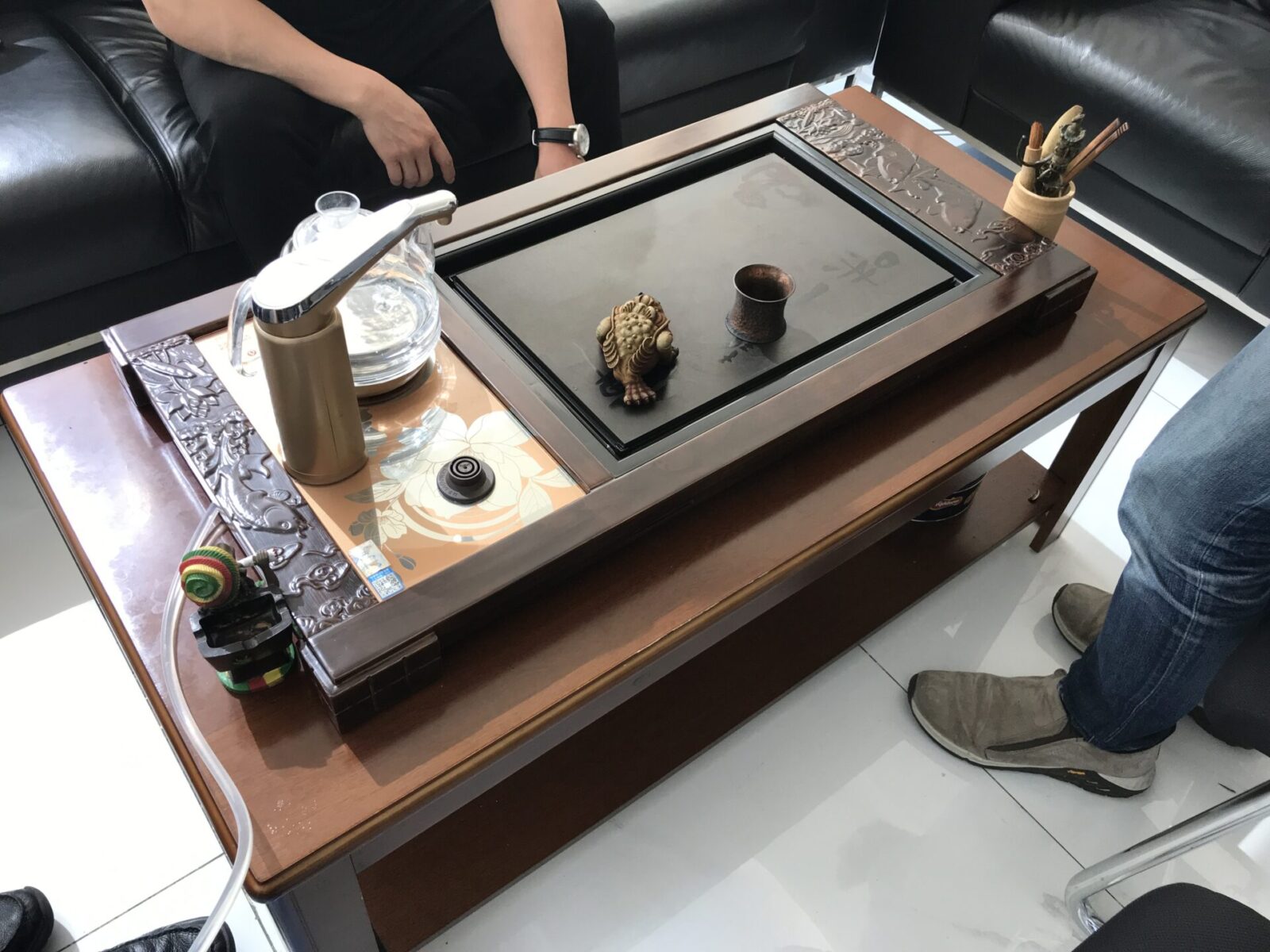
In another facility we visited, there was a well-worn stone tea table in the garden and a group of young people were relaxing and enjoying tea there.
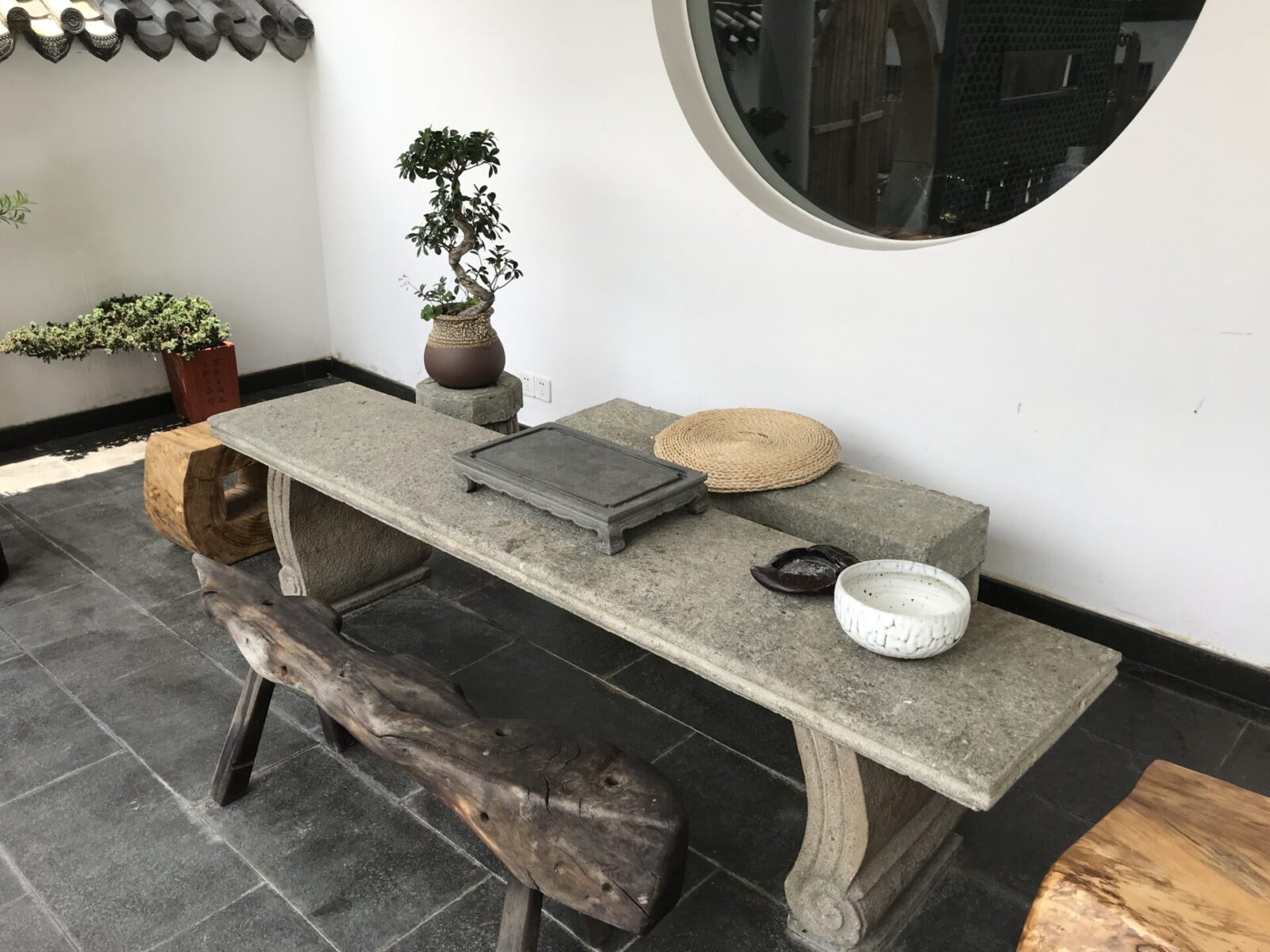
All the bars and restaurants had corners for tea, the hotels had gongfu tea sets (traditional Chinese tea sets), and wherever we went there were areas set up to enjoy tea.
All the cafes in the city were lively with people, young and old, men and women, all enjoying their favorite tea.
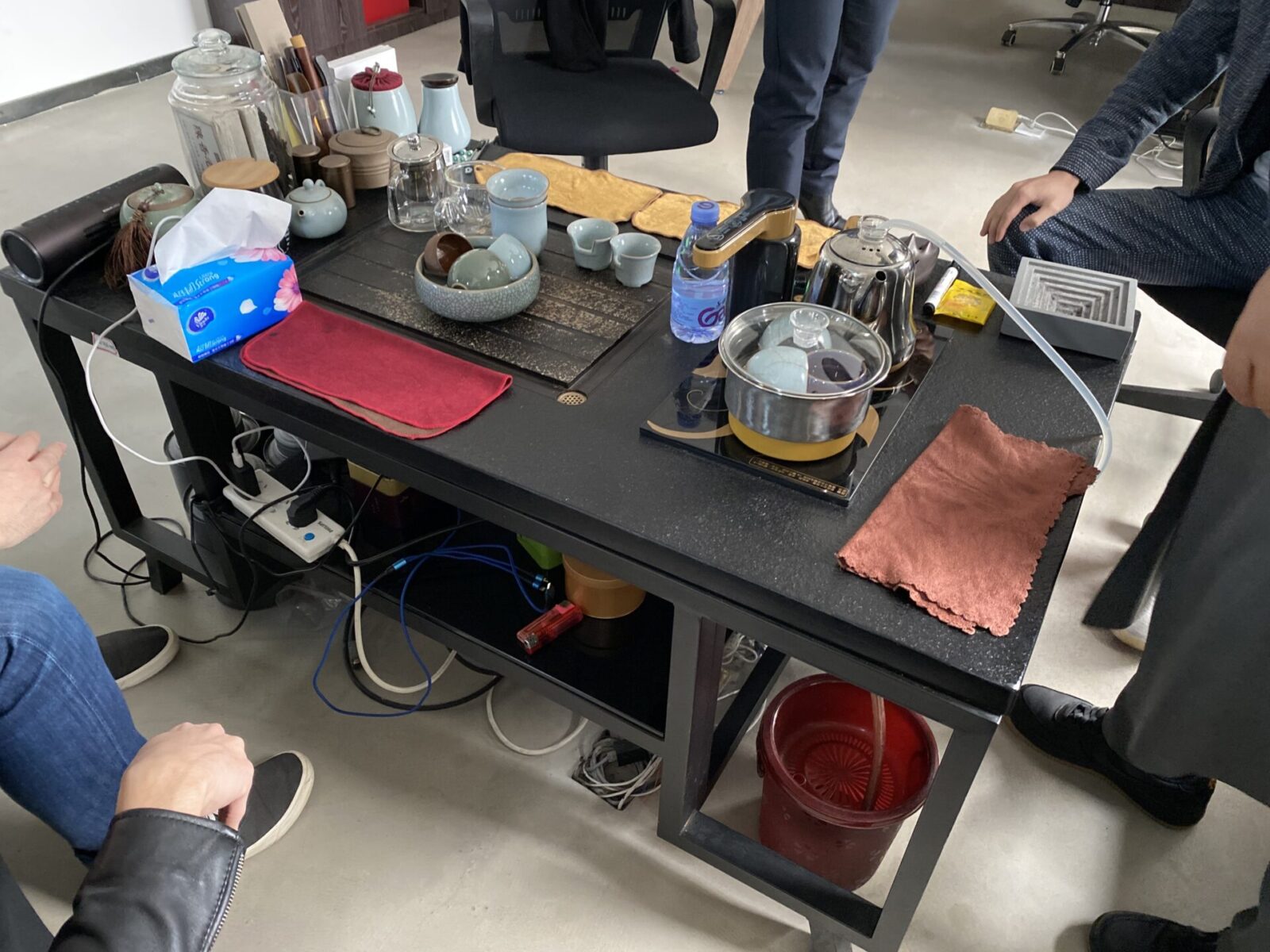
I realized something during our trip.
In China, people were not only enjoying “tea,” but rather enjoying “tea time.”
Using tea as the medium, people were enjoying conversation, connecting with others and exploring new things. To me it seemed as though the rhythm of “taking a moment to slow down” was imprinted in their daily lives through tea.
We should empty our minds more.
We should spend more time doing nothing.
We should take time to “escape,” where one or two hours simply passes.
When we take a moment to break away from the flow of constant information and stop to look at our surroundings, perhaps we will find that there are endless new and undiscovered moments to escape into. Rather than losing yourself in your smartphone, if you look up, perhaps you will find moments that will melt your heart that you never noticed before.
That is what I came to think.
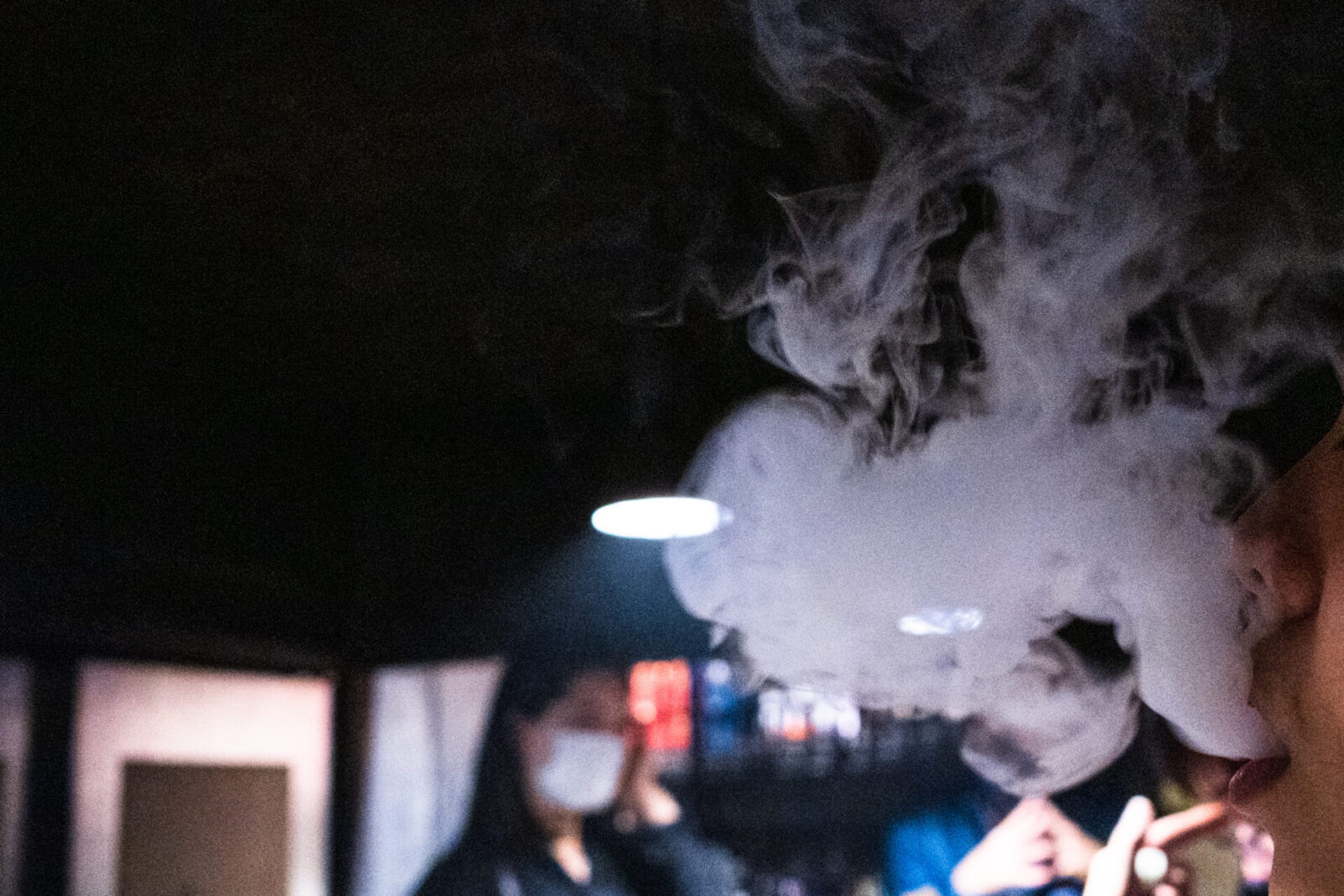
Shortly after returning to Japan, I began working on a prototype for a new tea table.
I believed that the tea tables in China played a central role in creating tea time.
I designed a new tea table system called TransGrids, which fits into the small living spaces in Japan and acts as both a tea table and furniture that can be arranged in a grid to match one’s desired functions.
With a compact 30 centimeters square box shape, it has a gas stove, IH, sink, and all the minimal functions necessary for boiling water and making tea.
By placing a lid on top, it can also be used as a side table or low chair, or it can be turned into a tall high table by assembling the box vertically.

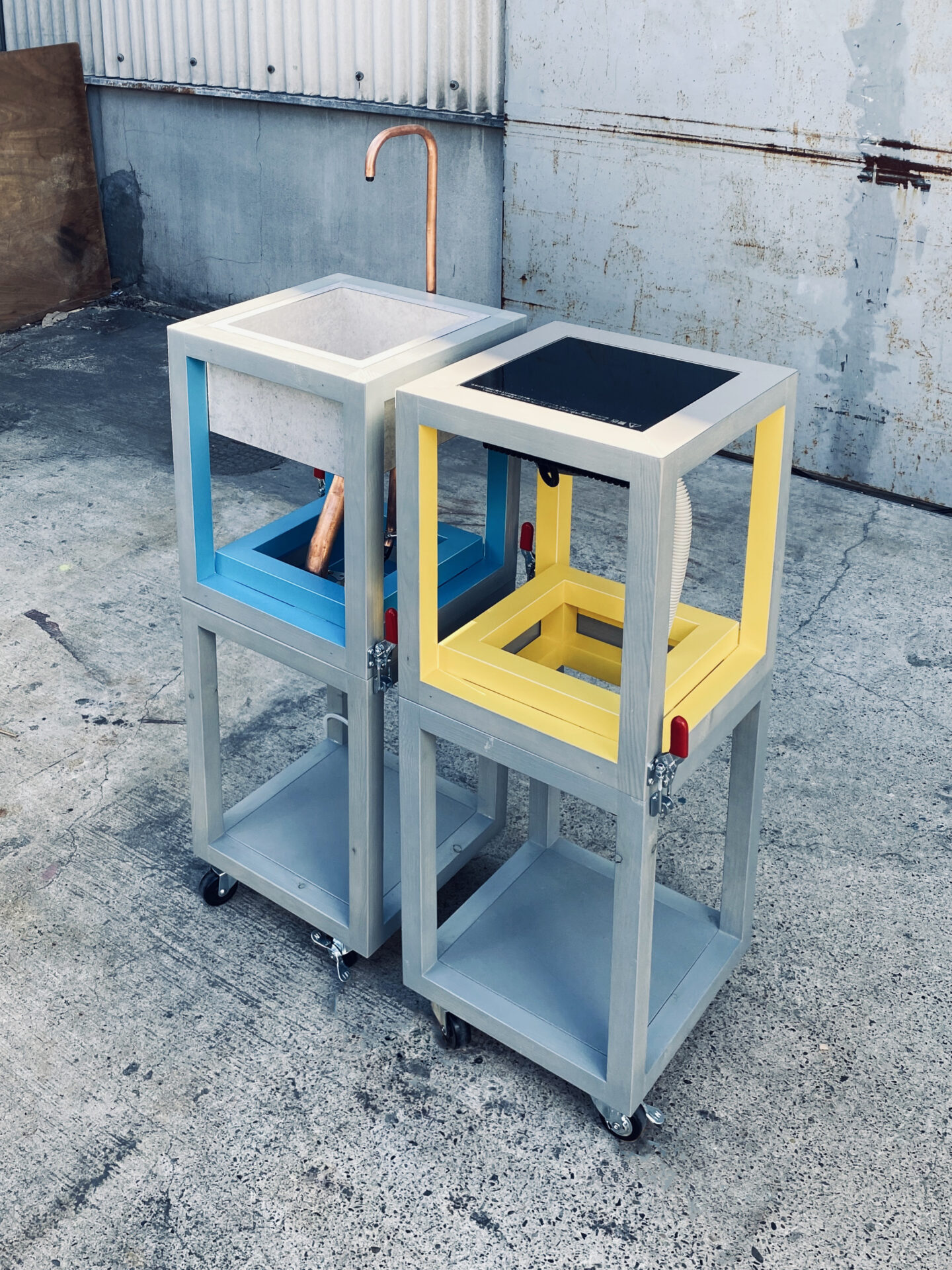
Whenever you want to make tea, whether it is to take a break from work or entertain guests, the lid can be lifted from TransGrids which was used as a side table, to reveal the gas stove. Hot water for tea can be boiled right away. For a sitting position, the TransGrids can remain low, and for a standing position, it can be assembled vertically to form a high table. In your personal space, it can change shape to match your needs to quickly create a relaxing and comfortable table. This helps create moments that can melt time while you slowly enjoy tea.
This prototype is still a work in progress, but I have discovered something while making it. I desired to create time to escape after my trip in China, but simply desiring or thinking about something is not enough to move it forward.
First we must take action and experiment. By transforming our discoveries into ideas, realizing them and sharing them, we can create small but definitive steps into a new future.
Turning DIG THE TEA into an experimental platform
We call DIG THE TEA a “sandbox” medium. Like a sandbox where children play freely and create their own worlds, we aim to find moments that melt our hearts by making our mediuma place of playful discovery. The term “sandbox” signifies that desire.
To escape from your daily tasks and create a moment just to immerse yourself into something.
To spend time with friends and family to relax and just forget time.
To create time to connect with other people by sharing time and nurturing relationships.
From these moments of rest, we want to find time to escape, and connect to what comes next. We want to work with “dots”, or creative and playful individuals, to experiment with these endless possibilities.
It is not easy to create a completely new scene, but experiments allow you to fail. Actually, it is better to fail. We want to maximize our media platform as a playful space and hope that the moments we create help enrich our world, one thing at a time.
That is why we began the feature “DIG THE TEA Experiments.”
What we value in our experiments
There are a few things that we consider vital for experiments that drive us forward.
The three elements are ”Things” “People” and “Stages.”
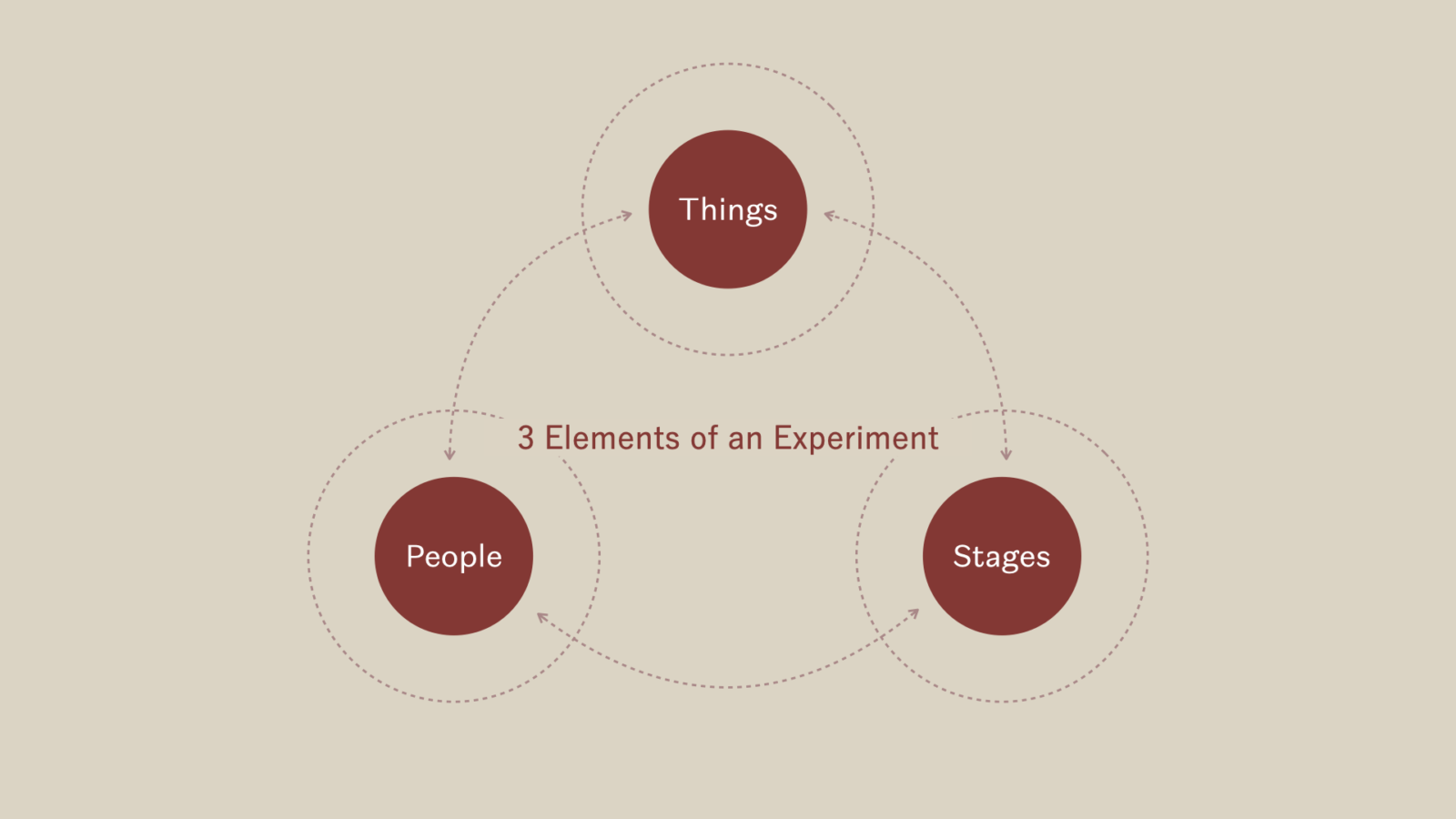
When an idea, or a creator, or a place stands alone, it does not create a new scene. It is only possible to experiment with new scenes when these three elements intertwine.
Let me explain in more detail.

The first element is “Things.” A “thing” is an idea in one’s mind that becomes embodied in a form that can be touched or experienced.
When looking at different corners of the world, there are new discoveries being made, especially by curious minds, and that leads to new ideas.
When I come up with a new idea, I try to mix things that are in and outside of my comfort zone. I take something or some phenomenon that I am familiar with and look at it from a perspective I’m not usually comfortable with or add new ideas. By doing so, one can turn something familiar into an idea that is instantly more vivid and appealing.
Numerous seeds for ideas come from new discoveries. By taking these seeds and mixing, kneading and sticking them together or apart like clay, an idea that seemed abstract at first starts to grow into a clear image.
If you take those images and create sketches, write them down, or create mood boards out of sample images, gradually the idea should take shape.
By embodying the seeds of ideas in a form that can be directly touched and experienced, the ideas in an individual’s mind can be made accessible to others.
Next is “People.”
When an idea turns into a “Thing”, most of the time it starts out small.
It is the cooperation of other people that nurtures that seed and helps it grow into something bigger.
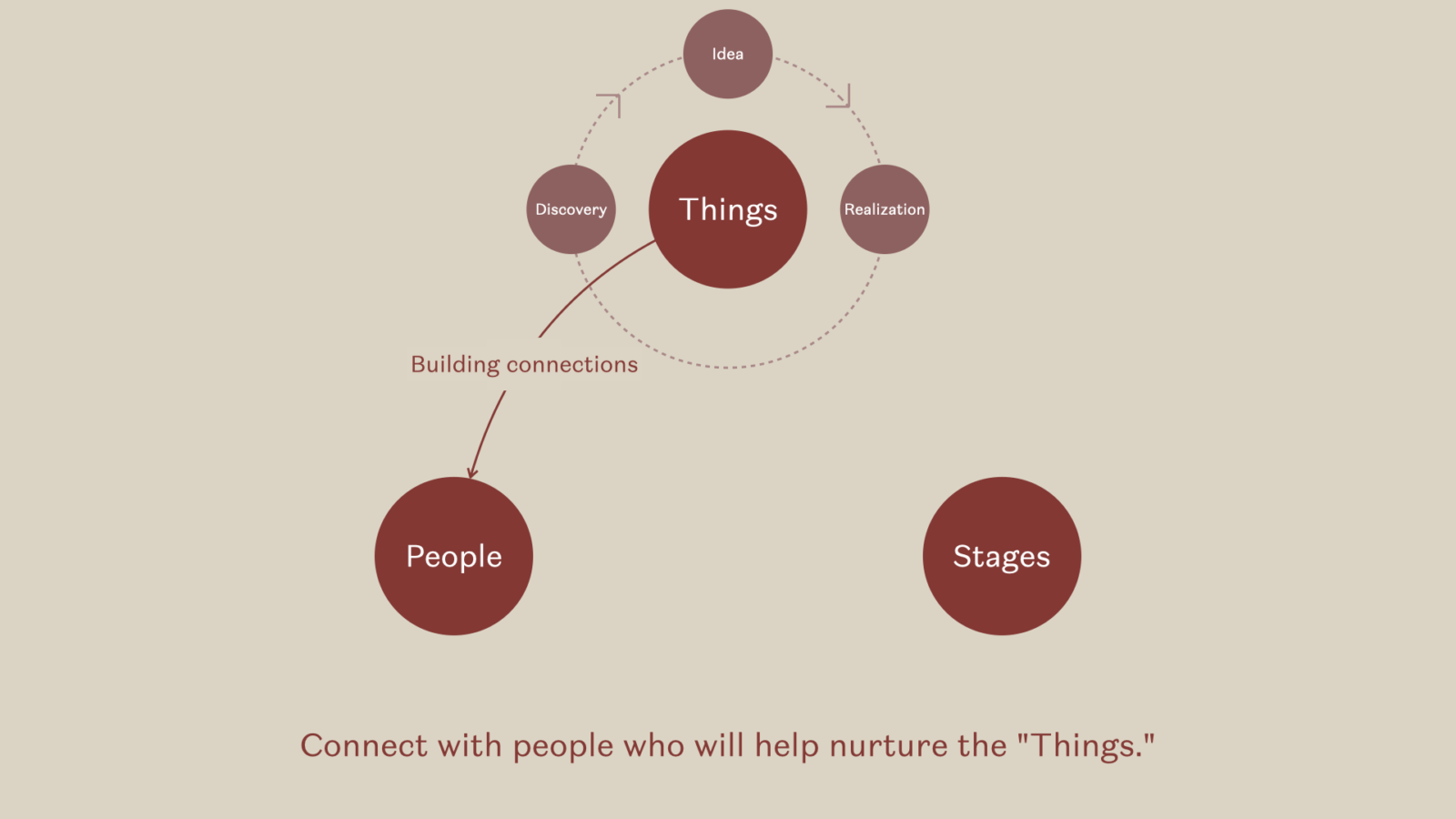
The key here is to casually chat with the people you want to work with.
Rather than talking about what you want to discuss right away, chat about your daily lives or values, your interests or things that happened to you recently. By talking about general everyday things you learn about each other’s interests, way of thinking and what kind of people you are.

From there, if you feel a desire to work together, it will form a strong partnership.
Furthermore, to better achieve understanding and cooperation, it is best to gather as many different types of people, or people who bring in different colors from yourself and your team, into the partnership.
When like-minded people of similar skills come together, it is easy to take the initial steps and the project will seem like it is going smoothly at first, but strangely enough it often fails to really take off and ends up becoming mediocre.
By creating “unevenness” through a gathering of different skills, values, and experiences, one can create a “sandbox” where things can grow strong, thick and flexible.
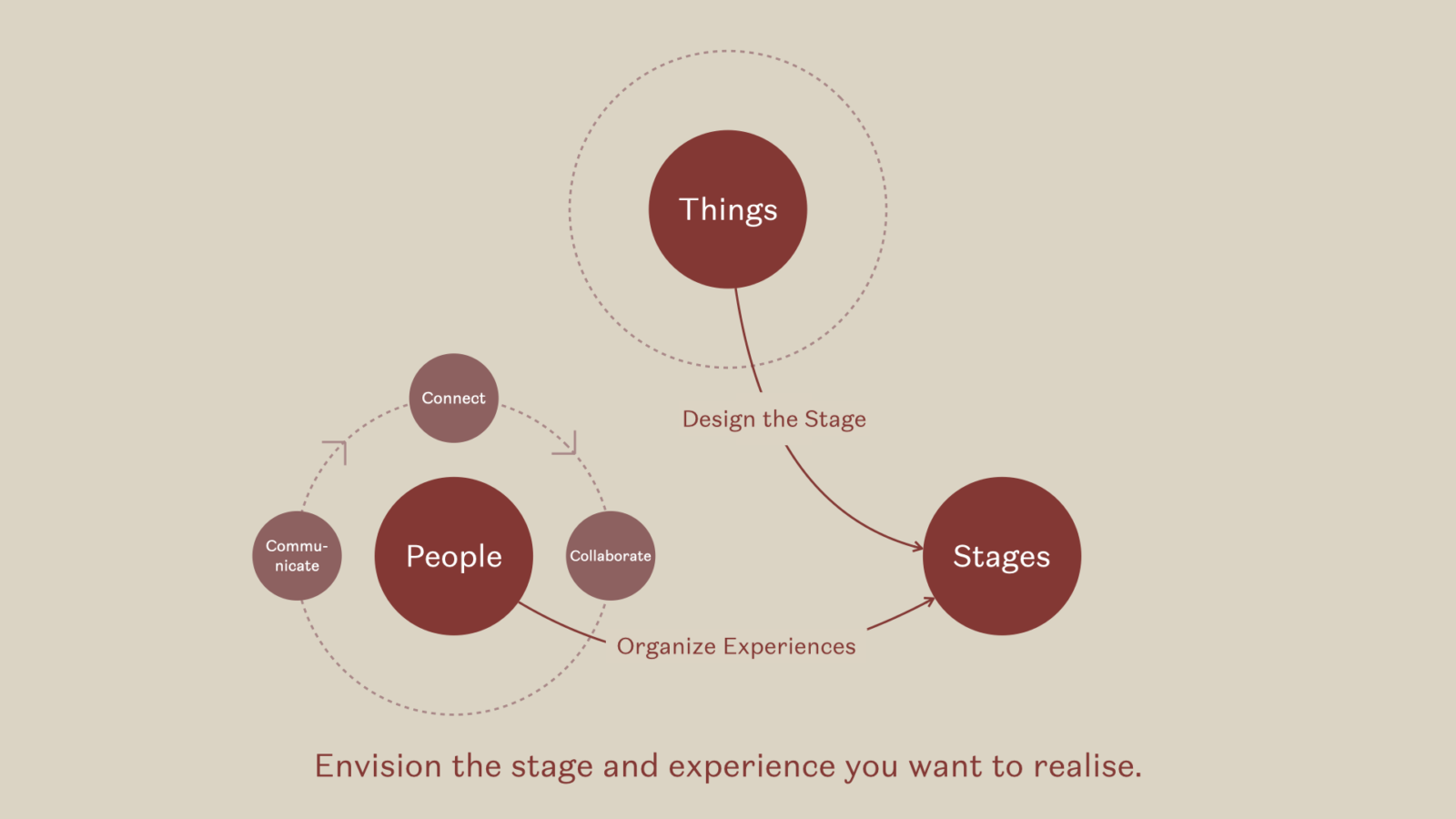
When you have a “Thing” and “People” come together, next you need a “Stage” to showcase it.
The “Stage” will showcase the nurtured “Thing”, while the team of “People” with different skill sets will organize different experiences on the “Stages.”
In our current world, various “Stages” are available.
There are venues for exhibitions and events that allow you to connect with people directly, there are online services such as YouTube and Instagram, experiential devices such as VR and AR, crowdfunding, information media such as books and Web media, SNS, and more.
It is important to be aware of linking different platforms and organising the stage in order to make the most of the “thing” you are working on.
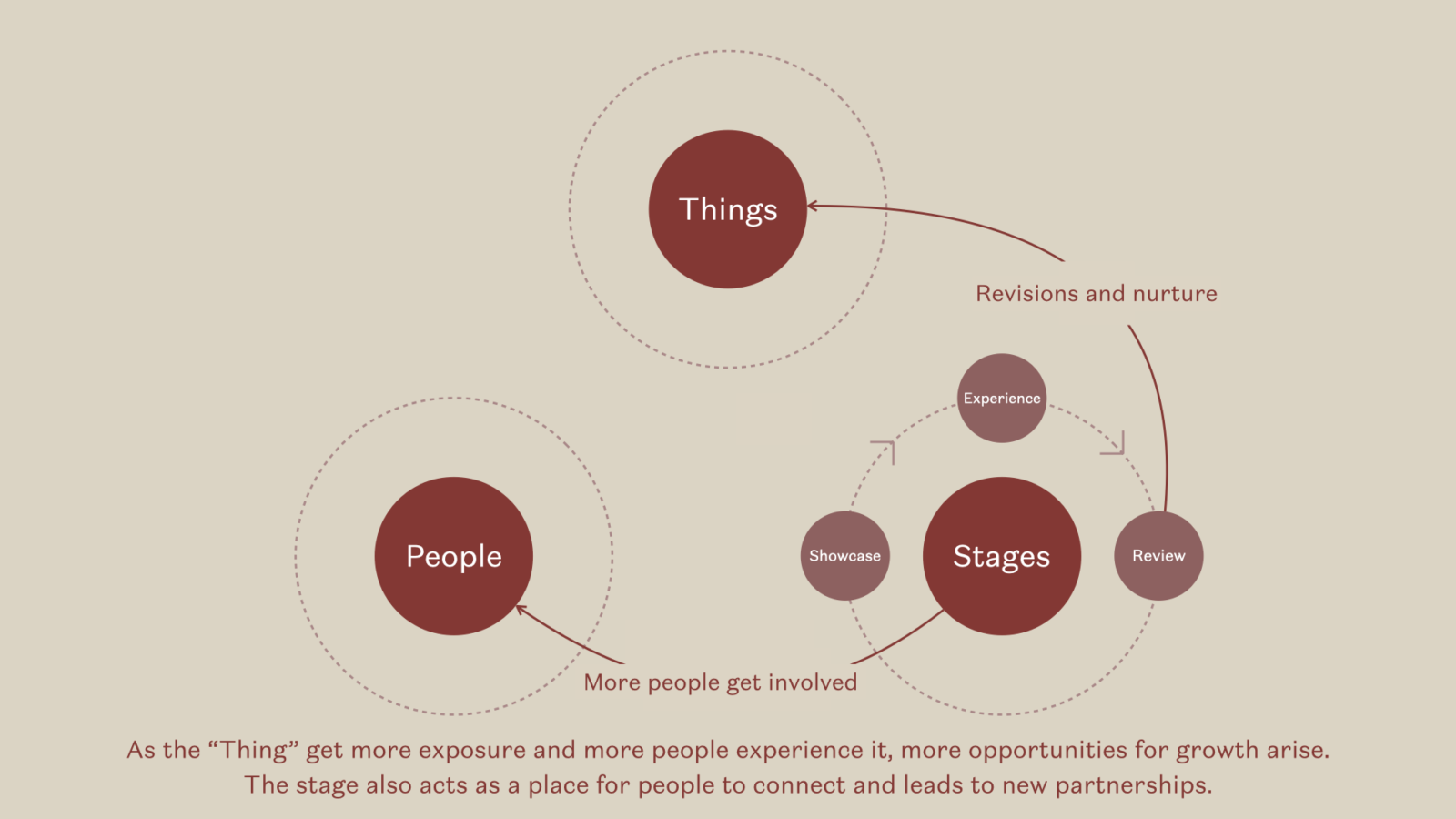
When a new experience becomes available on the “Stage” and it is revealed to people who are gathered on the different platforms, we receive feedback which helps to nurture it even more.
People who visit the “Stage” or become involved will lead to new connections and the number of strong partnerships and supporters will increase.
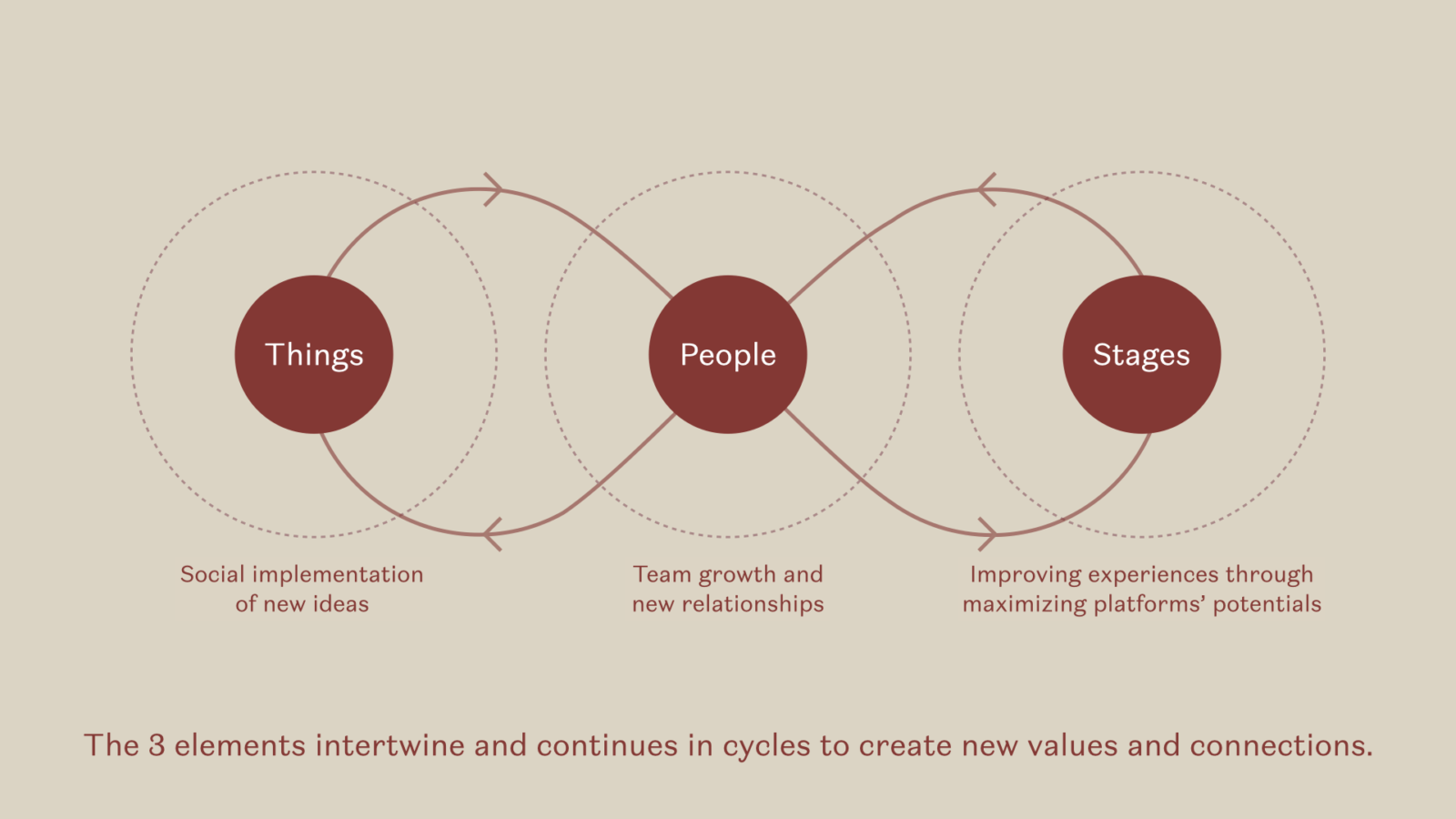
“Things” “People” and “Stages.”
In an aim to achieve social implementation of ideas, the stage is set so the people involved can grow and deepen relationships, while being able to playfully experiment. When the three elements come together and create a cycle, it leads to new connections and added value, nurturing the idea into a movement.
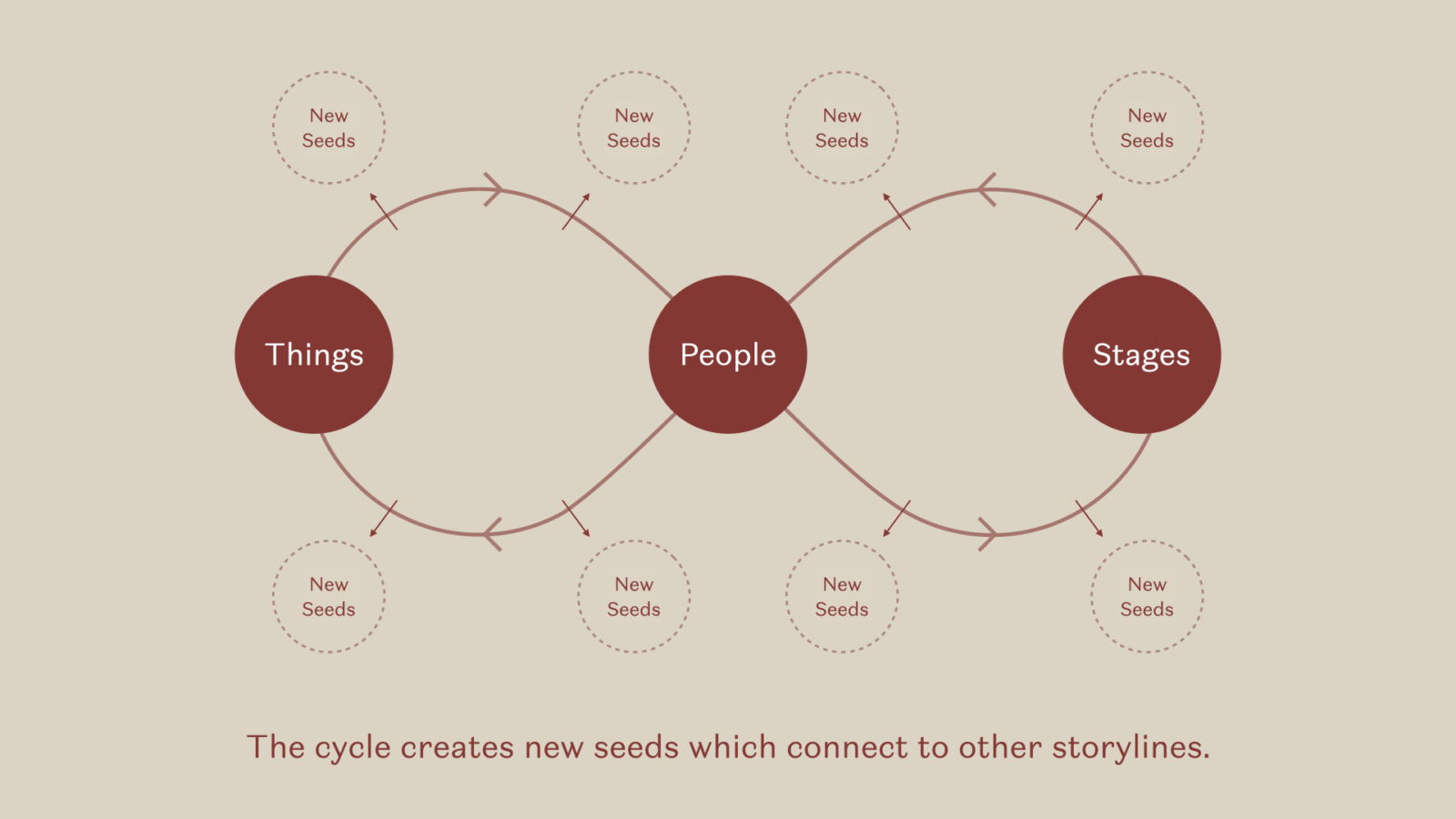
The ideas each grow new branches and leaves through experimentation which then become “new seeds” and the starting point for the creation of other things.
Ideas that went unused prove useful in a different project, and the deepened relationships create new jobs, leading to “Stages” that were never initially imagined.
By repeatedly taking action and not overlooking new seeds and sprouts that pave the way for another “story,” new possibilities open up.

For the feature, “DIG THE TEA Experiments,” we will work with the different creatives to find experiences that melt time on a free stage that is not limited to being online or offline. We will introduce that process in our content.
Curiosity and imagination create moments that melt time
The advancement of technology and the information age has led to a busier lifestyle, with no escaping the fast pace in our daily lives, but it has also helped spread knowledge and skills around the world and given us more options in what we can learn and do.
As all types of platforms are available today, the boundaries between professionals and amateurs are dissolving and anyone can create their own stage.
It is also becoming easier to find genre-free and niche things to match individual tastes, or give new value to old things. With various situations and spaces, it has become easier to find things that suit you.
The diversity of expression, learning, platforms, and tastes is the advantage we have in today’s world and that is what makes it possible to find new experiences that can melt time.
Human curiosity and imagination is like the vast ocean and there are no limits to its expansion.
If we remove the lids we place on ourselves and exert our individual strengths, we can envision the world we desire.
By repeating experiments and accepting failure, we can make up for what we lack with endless curiosity and imagination.
Let’s make tea time that melts our hearts and makes time flow by with ease.
Let’s spend more time emptying our minds.
The opportunities for those moments are hidden in the corners of our everyday lives.
*If you are interested in joining our experiment after reading this article, please contact us via the contact form below. We look forward to hearing from you.
Translation: Sophia Swanson
Editor and creator of the future through words. Former associate editor of Huffington Post Japan. Became independent after working for a publishing company and overseas news media. Assists in communications for corporates and various projects. Born in Gifu, loves cats.
